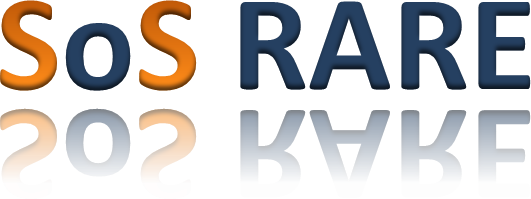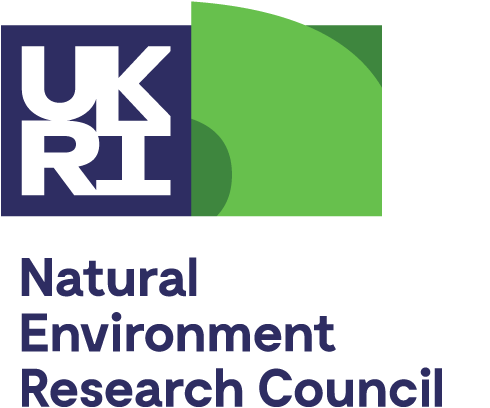SoS RARE collaboration with UIT in Dresden
A collaboration between WP 4 and UIT, an industry partner on the SoS RARE project was organised before I joined the project. This meant I had the excellent opportunity to spend 18 months in Dresden, between August 2016 and February 2018. UIT GmbH Dresden (which stands for Umwelt-und Ingenieurtechnik) is an environment and engineering company which specialises in environmental monitoring, water technology, mineral resources and plant construction.
Working in Germany
I found working in Dresden to be a really amazing experience. Although there were a few differences I had to get used to early on. Firstly, Germans typically start work really early in the morning, usually around 7 am. But, the benefit of this is that they also finish work earlier. I have to admit I did need a bit an adjustment period before I fully embraced the German way.
Another thing that was different was that everyone has breakfast together, coffee and Brötchen (bread rolls) filled with cheeses and meats is the norm. Or if it was someone’s birthday then they'd have to bring breakfast for everyone.
Then there is 'Mahlzeit', it's a standard yet baffling greeting used only in the workplace. Literally translated it means mealtime, referring to lunchtime but you can say it in the morning anytime up until 1 pm. The actual meaning is more like I hope you have a nice lunch. The appropriate response is Mahlzeit. So, typically you end up saying mealtime in response to mealtime as a greeting when passing someone in the corridor.
PhD Work
The reason the collaboration with UIT was set up was because of their considerable experience in modelling of geochemical adsorption mechanisms of the rare-earth elements.
As far as my work goes, my aim was to determine thermodynamic equilibrium constants (log K) that describe REE exchange reactions with the Tantalus clay minerals. To do this I did a series of batch and columns tests in UIT's technical facility. I then used in-house hydrogeochemistry and reactive transport modelling tools to fit the REE log K’s to my experimental dataset.
In my office, I had the expertise of Jana Nicolai, and next door, Harald Kalka who developed all the modelling tools I used. Their combined knowledge of reactive transport processes and thermodynamics was invaluable. I also collaborated with colleagues from Helmzholtz-Zentrum Dresden-Rossendorf (HZDR), specifically with Vinzenz Brendler, Norbert Jordan and Frank Bok. Their extensive understanding of surface complexation adsorption processes was extremely helpful.
My industrial placement was very successful and I would not have achieved my aims without the support of UIT, University of Leeds, BGS and SoS Rare.
Alex Crawford, March 2018






